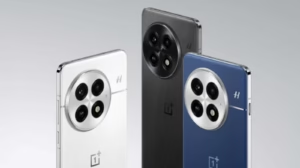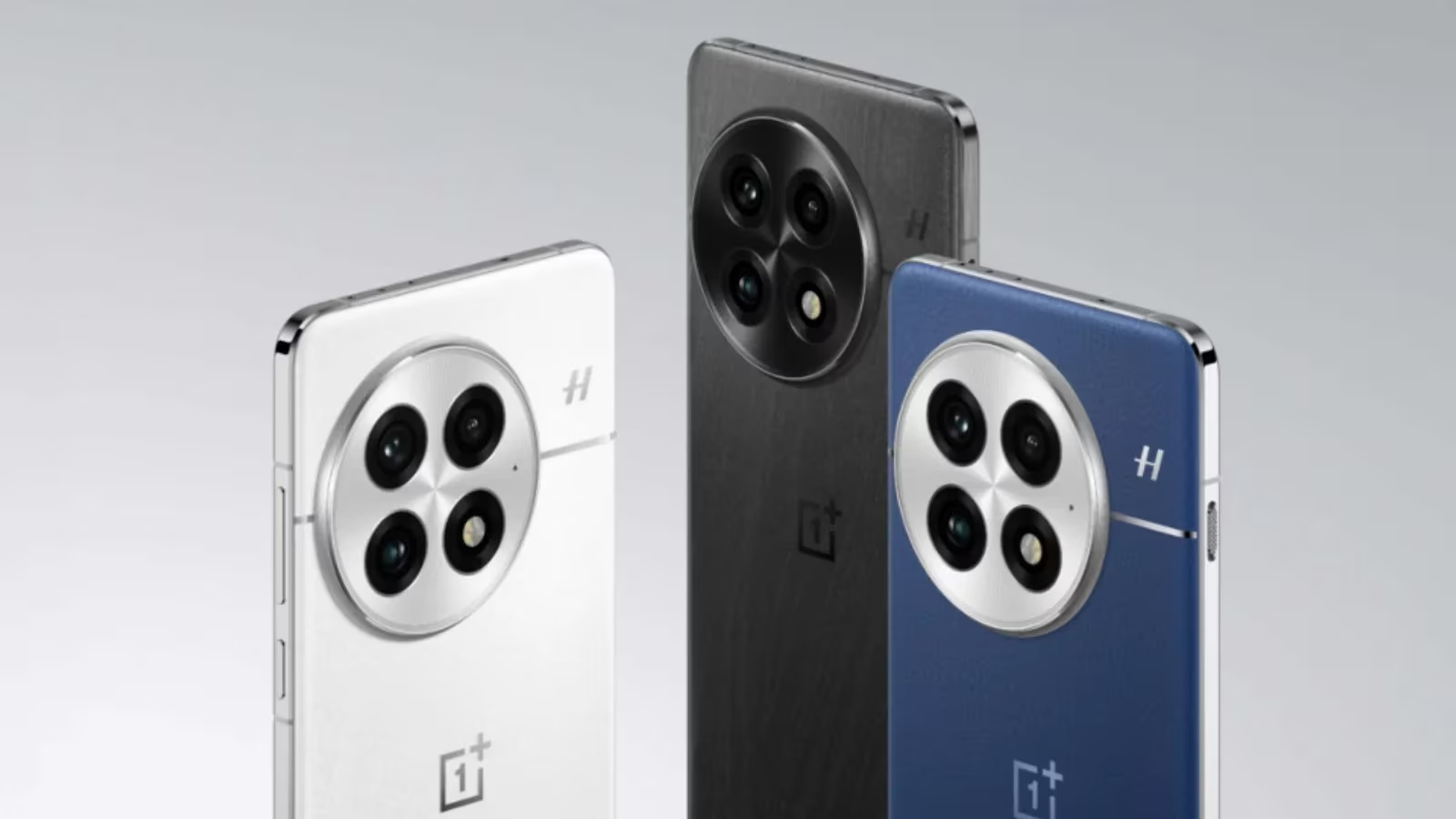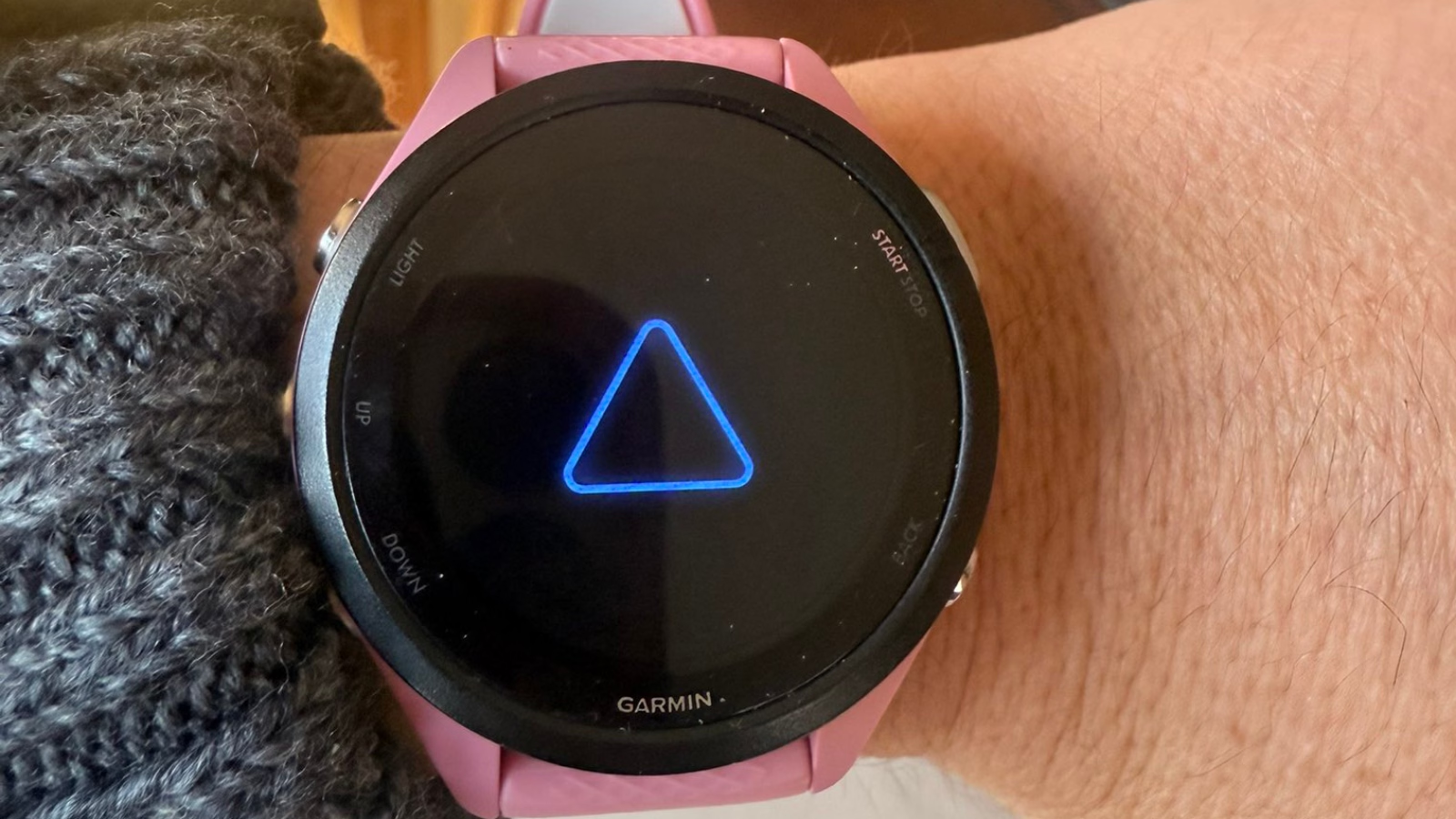Apple fans waiting for the iPhone 17 might be in for a treat. Rumors suggest that the tech giant could integrate a new, highly durable display with anti-reflective properties – a feature that has garnered praise on Samsung’s recent Galaxy S24 Ultra. This change could significantly improve outdoor visibility and make the iPhone 17 more resilient against scratches and scuffs.
Key Highlights
- Enhanced Scratch Resistance: The iPhone 17’s display could be significantly less prone to scratches.
- Improved Outdoor Visibility: Anti-reflective coatings reduce glare, making the screen easier to read in sunlight.
- Potential for New Branding: Apple may introduce new terminology to market this display upgrade.
A Step Up for iPhone Displays
Apple consistently works to improve its product offerings, and displays are no exception. Currently, iPhones use a durable glass blend called Ceramic Shield for protection. The rumored display technology for the iPhone 17 could take it a step further, potentially integrating technology similar to the Gorilla Glass Armor found in the Samsung Galaxy S24 Ultra.
What is Gorilla Glass Armor?
Corning, the company behind Gorilla Glass, developed Gorilla Glass Armor specifically to address both scratch resistance and reduced screen glare. It offers improved protection compared to standard smartphone glass and boasts significantly better anti-reflective properties.
Bridging the Gap in Display Technology
Apple’s initiative to upgrade the iPhone 17‘s screen with scratch-resistant, anti-reflective glass mirrors the industry’s broader trend toward more durable, user-friendly displays. By incorporating these features, Apple aims to address common consumer concerns over screen damage and visibility under various lighting conditions.
A Step Forward in Durability and Clarity
The integration of scratch-resistant technology into the iPhone 17’s display signifies a significant improvement in smartphone durability. This move is expected to reduce the need for screen protectors, allowing users to experience the device’s display as intended by its designers.
Moreover, the addition of an anti-reflective coating promises to enhance the outdoor usability of the iPhone, a critical aspect for users who frequently use their devices in bright environments.
Implications for the Smartphone Market
Apple’s adoption of these advanced display features is likely to influence the broader smartphone market, pushing competitors to prioritize screen durability and visibility in their future models. This shift could lead to widespread improvements in smartphone design, benefiting consumers across the board.
The Benefits for iPhone Users
If Apple integrates a similar technology into the iPhone 17, users could expect:
- Fewer Worries About Scratches: Day-to-day wear and tear will likely pose less of a threat.
- Clearer Outdoor Viewing: Using the iPhone 17 in bright sunlight would become much easier.
- Potential for a Unique Apple Spin: While the core technology might be similar, Apple could market the upgrade with its own distinctive branding.
Too Late for the iPhone 16
Unfortunately, these display upgrades might not be ready in time for the upcoming iPhone 16. Industry sources suggest that the iPhone 17 will be the first to benefit from this technology.
The Future of Smartphone Displays
The continued push for more durable and user-friendly displays is a welcome trend. If rumors about the iPhone 17 prove true, Apple is making strides to catch up to recent innovations from competitors. This focus on display enhancements should lead to better smartphone experiences for everyone.



















Add Comment